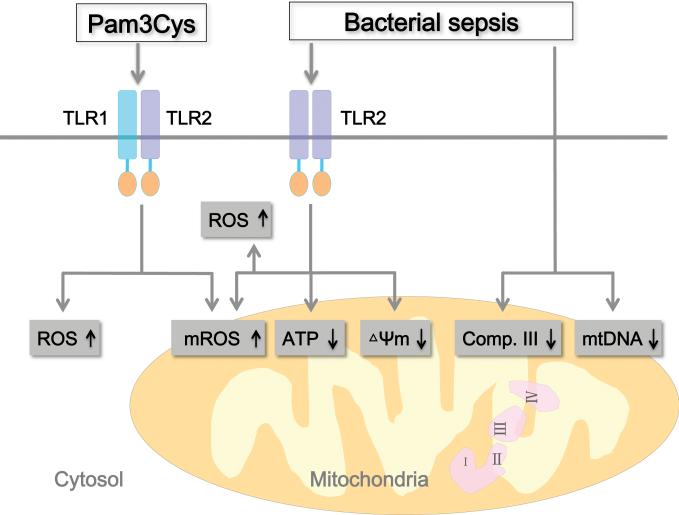Figure 8. Schematic view of the proposed role of TLR2 in mitochondrial dysfunction during polymicrobial sepsis.
Activation of TLR1/2 heterodimer by Pam3cys leads to production of ROS, including cellular H2O2 or mitochondrial O2− in peritoneal leukocytes. Polymicrobial sepsis induces mitochondrial dysfunction as evidenced by mROS production, ATP depletion, loss of mitochondrial membrane potential (ΔΨm), complex III dysfunction in leukocytes and mtDNA reduction in the liver. mROS production, ATP depletion, and ΔΨm reduction are mediated via TLR2-dependent mechanisms. ΔΨm = membrane potential; ATP = adenosine triphosphate; Comp. III = complex III; mtDNA = mitochondrial DNA; TLR2 = toll- like receptor 2; mROS = mitochondrial reactive oxygen species; H2O2 = hydrogen peroxide; O2− = mitochondrial superoxide.

